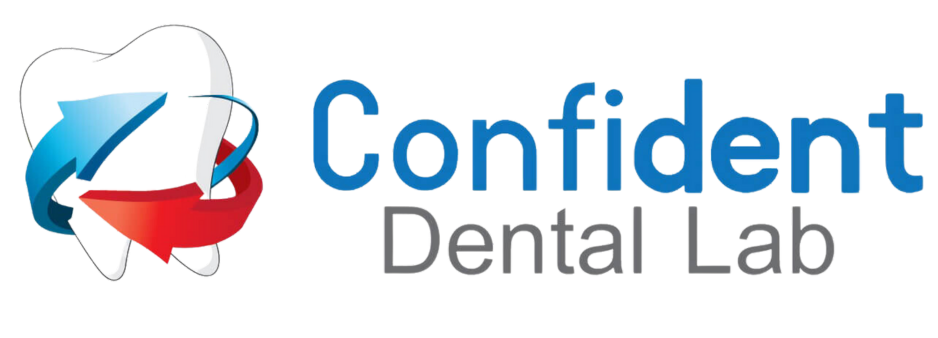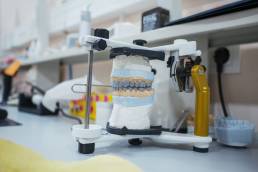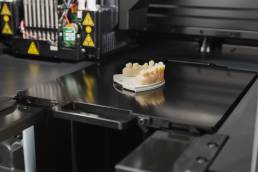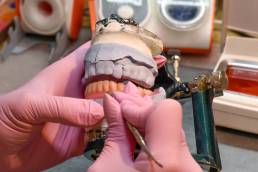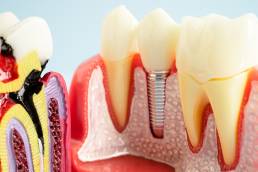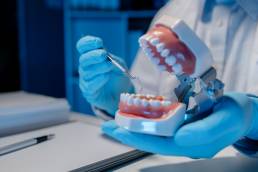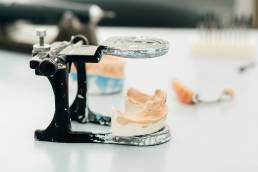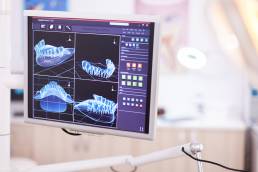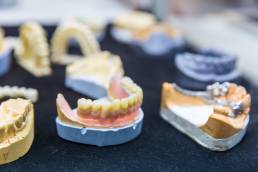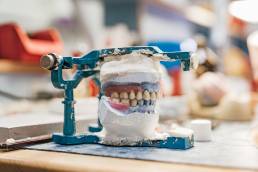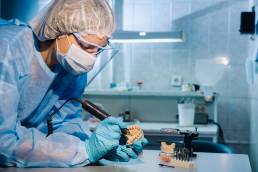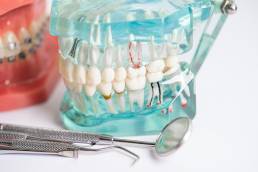Your Best Dental Lab Experience
Our News
November 22, 2025
Zirconia Crowns: Benefits, Types, and Why Dentists Prefer Them
Zirconia crowns consist of zirconium dioxide, a crystalline ceramic engineered…
November 11, 2025
How a High-Quality Dental Lab Reduces Chair Time for Dentists
High-quality labs provide restorations that fit right away, so dentists can…
October 25, 2025
Intraoral Scanning Advances Every Dentist Should Know in 2025: Full-Arch Implant Restoration Insights for Dental Labs
Advances in intraoral scanning, optimized scan protocols, and lab-driven…
October 12, 2025
Occlusal Scheme Design for Full-Arch Restorations: Balancing Function and Esthetics
Labs must often navigate the choice between functional occlusion, which focuses…
September 26, 2025
Optimizing Full-Arch Implant Restorations: How Lab-Driven Precision Improves Fit, Function, and Patient Satisfaction
Full-arch implant restorations are among the most rewarding yet demanding…
September 16, 2025
Zirconia vs. E.max vs. PFM: How to Choose the Best Crown Material
With options like zirconia, E.max (lithium disilicate), and PFM (porcelain…
August 22, 2025
360Imaging Anatomic Guide for Rapid Full-Arch Rehabilitation
The 360Imaging Anatomic Guide™ is redefining full-arch implant therapy by…
August 10, 2025
Straumann Pro Arch: Indications and Advantages in Full-Arch Restorations
Straumann® Pro Arch was designed to meet this demand by combining advanced…
July 22, 2025
Minimum Restorative Material Thickness: CAD/CAM Parameters and Structural Integrity Guidelines
In the age of CAD/CAM dentistry, precision is everything. Restorative materials…
July 10, 2025
All-on-X, Overdentures, or Fixed Hybrids? Helping Dentists Choose the Right Full-Arch Solution
When it comes to full-arch dental restoration, dentists today have several…
June 15, 2025
Digital Occlusion Management in Full-Arch Restorations
In full-arch prosthetics, balanced occlusion protects the implants, prosthetic…
June 5, 2025
Creating Surgical Guides & Provisional Workflows
When the lab is involved early in treatment planning, ideally before any…
May 22, 2025
Precision-Made Orthodontic Appliances and Splints: The Role of the Modern Dental Lab
Dental laboratories collaborate closely with clinicians to design and produce…
May 12, 2025
A Dental Lab’s Guide to Passive Fit and Occlusal Accuracy in All-on-X Full-Arch Restorations
Full-arch restorations require meticulous planning to address edentulous…
April 20, 2025
How Digital Workflows Enhance Collaboration Between Dentists and Dental Labs
Intraoral scanners capture detailed digital impressions, eliminating the need…
April 10, 2025
Role of Zirconia in Modern Dentistry
Zirconia has become a cornerstone in restorative dentistry due to its…
March 25, 2025
How to Choose the Right Dental Lab for Your Practice?
Choose a lab with skilled technicians experienced in crafting various dental…
March 11, 2025
Treatment Planning for Fixed Implant Dentures
Effective treatment planning for fixed implant dentures involves a thorough…
February 28, 2025
Why All-on-X Implants Are the Best Solution for Full-Arch Tooth Replacement?
All-on-X dental implants offer a revolutionary approach, providing a permanent,…
February 22, 2025
Intraoral Scanners: Accuracy and Benefits of Digital Dental Impressions
Digital scans provide a detailed and precise representation, improving the…
